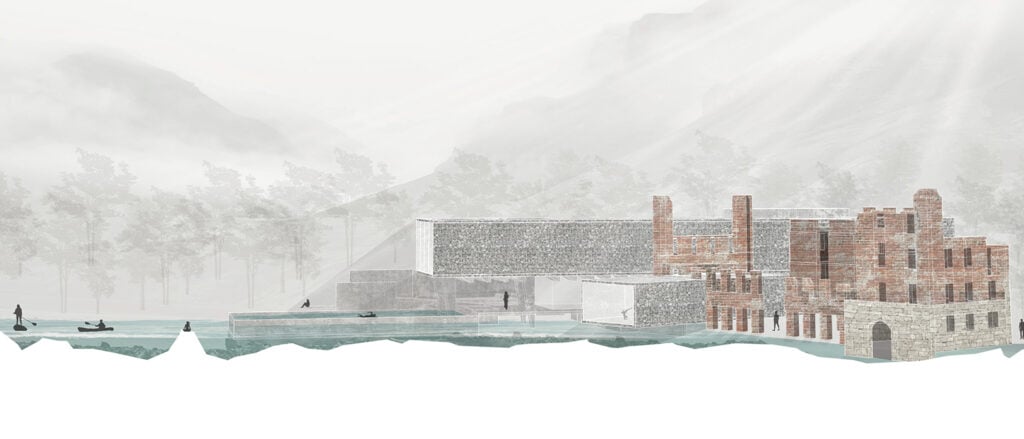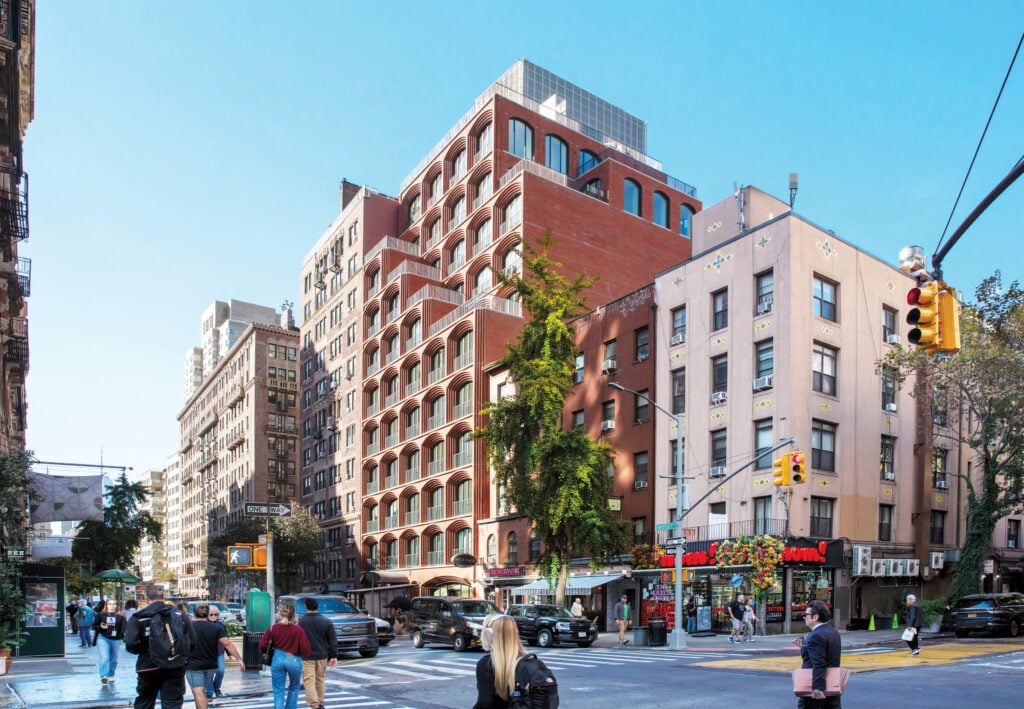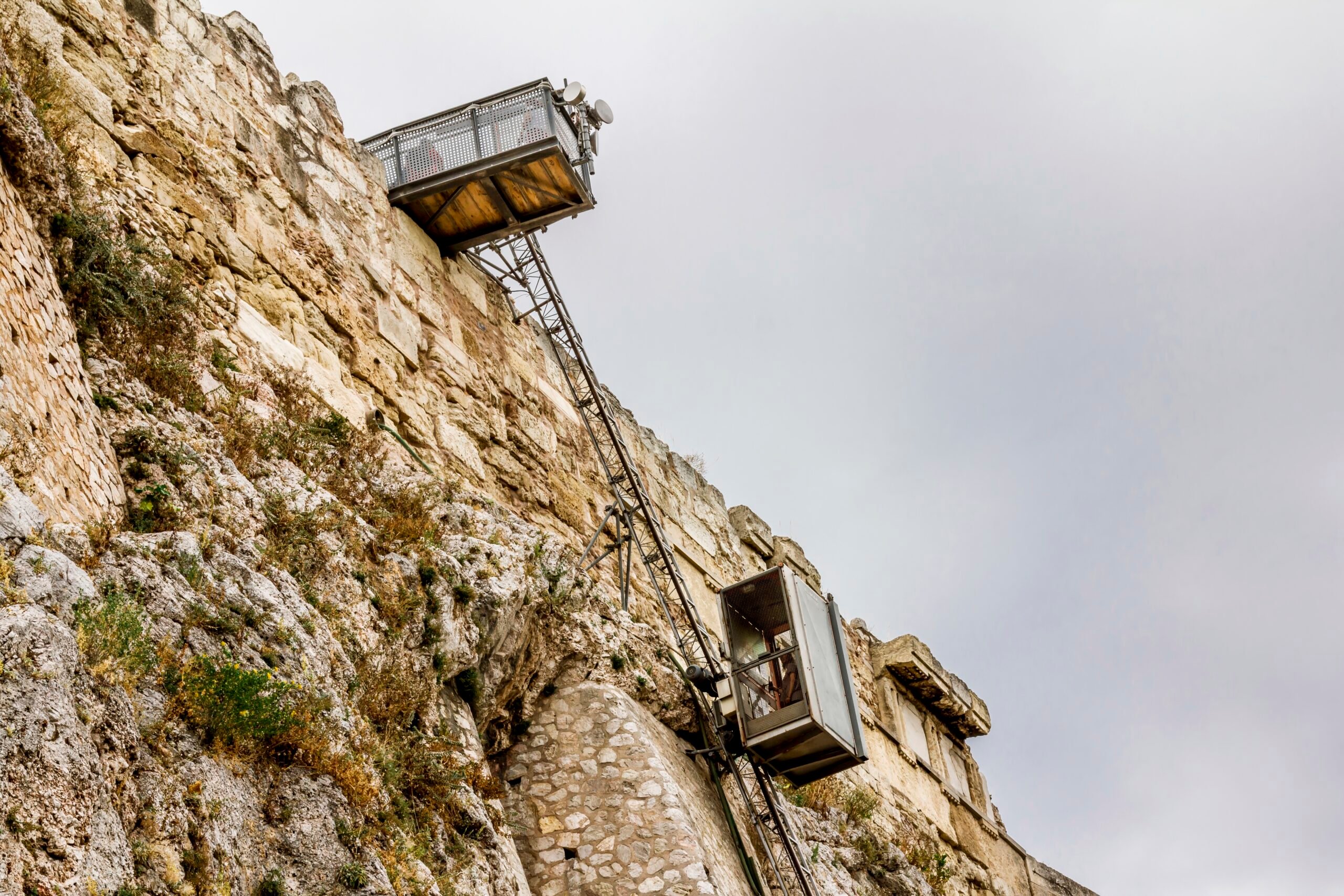
February 9, 2023
David Gissen on Constructing an Architecture of Disability
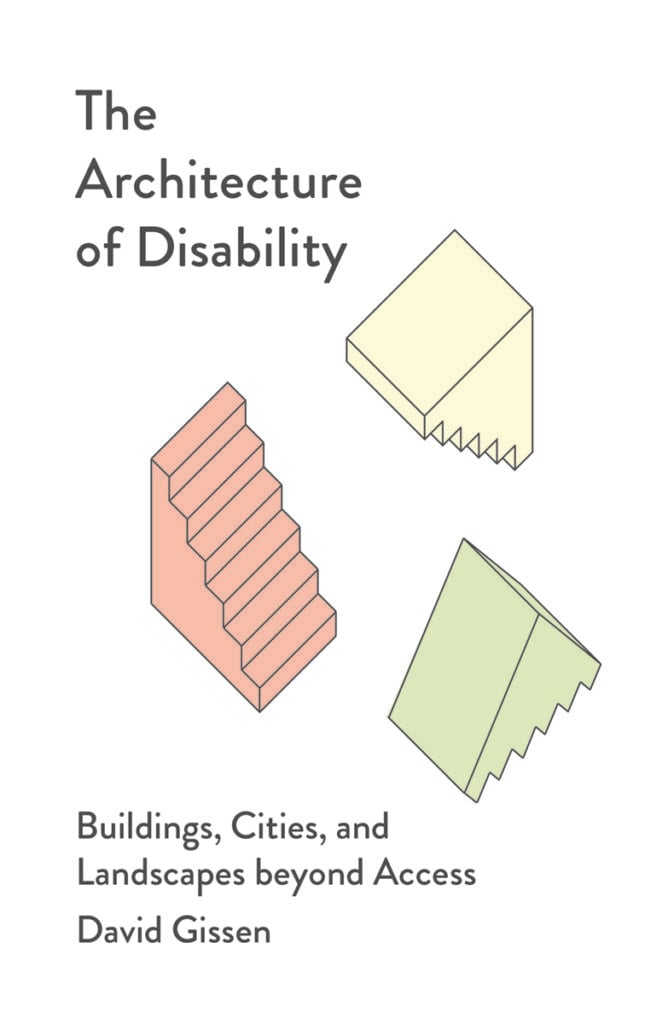
Take, for example, the elevator system at the Acropolis, a UNESCO World Heritage Site that remained largely inaccessible until 2004––when Athens hosted the Olympic Games and modified construction elevators were installed on the citadel’s north face. In 2019, however, the elevators faced mechanical issues, forcing the parents of children in wheelchairs to carry both the children and chairs all the way up to the summit. It wasn’t until a couple of years ago that the Acropolis Restoration Service completed plans to make the elevators a permanent fixture. Just looking at the steep incline, it appears almost as if folks with mobility impairments simply never visited the Acropolis. But this isn’t true. Gissen points out that ancient Athenians would have ascended to the Parthenon and other buildings via a series of ramps (which were destroyed in the first century CE), supporting an argument that the site might have actually been more accessible to disabled visitors in the past than in its present-day condition.
From the Acropolis to the American wilderness, Gissen dives into the artificial character of historic sites and landscapes, asking questions such as, Is nature innately inaccessible? Does accessible design contradict the authenticity of historical preservation? Do all people have an equal right to the city? Along the way he argues that “disability activism has the capacity to uncover and foster a deeper and more complex history beyond the problems of access to space itself.”
By recontextualizing the histories, theories, and practices of architecture through the lens of disability justice, Gissen places impairment at the heart of the built environment––rather than addressing access as an afterthought. “I want to foster practices in my discipline that emerge through impairments, not despite or as an accommodation to them,” Gissen writes, adding “The goal for disabled people is not just to enter practice but to change it.”
A Conversation with David Gissen
Metropolis spoke with Gissen about how conversations around disability and access are taking shape in design school, and what he’s learned from writing his book.

Jaxson Leilah Stone: In the introduction to the book, you describe your experience as a graduate student, writing, “I was often told by my professors that I should consider focusing on the architecture ‘problems’ of ‘people like me.’” I think this is a relatable sentiment for a lot of minority groups in design school—the idea that disabled designers should be focusing on accessibility, LGBTQ+ designers should be “queering space,” Black designers should be leading the efforts in decolonizing design. I’m curious, are you seeing some of your concerns and critiques mirrored in the design studios you teach today? What kind of conversations are you having with your students?
David Gissen: It is terrific that there are more and more projects engaged with disabled people. In addition to making projects about disability, I think it’s important for our disciplines to ask how we can better recruit, train, and give opportunities to disabled designers. I have never attended nor taught at an architecture school that would be an easy place for a disabled student. This includes the barriers presented by admissions committees and who often wonder whether disabled applicants to their programs can meet the “demands” of design education. It also, of course, includes the facilities where we educate future architects. Many of the most important architecture schools in the U.S. have facilities that disabled students, faculty, and staff cannot fully use. I am teaching as a visitor at Columbia University this semester, and I am surprised that a university that receives so much federal money (whether in the form of subsidizing of loans or more directly) can have an entire campus that is so menacing to its students and employees.
As a disabled faculty member and a life-long architectural educator, I center my impairments in my teaching: I am less concerned if my studios or courses engage the topic of disability, though I like to do that for some courses. Rather, I want to make sure that disability is an origin point in my methods and teaching. For example, in my studios, my students are encouraged to have critiques that are “place downs” rather than “pin-ups.” In my lecture courses, students often can experience my lectures in different formats—audio, visual essays, or texts. In a studio that I taught last semester, we examined the history and future of the “one-story city”—here in New York and elsewhere. All of this lowers the physical and cognitive intensity of design education. I hope it makes a better place for my students to explore their work and that it changes the institutions where I teach.

JLS: In the book, you describe Walter Benjamin’s flaneur and the Situationist concept of the dérive (drift), pointing out that they seemingly leave little room for the experiences of disability. You go onto say that “wandering behavior”—a derogatorily characterized feature of autism—might be destigmatized if seen through these concepts. As someone on the autism spectrum, I found this fascinating. Since writing, have you thought more about how neurodivergent folks fit into your thesis?
DG: First, one of the things that I love about the reception of my book is that it gives an opportunity for people to discuss their own experiences with their impairments. That is very important and an unexpected outcome of this book.
As for the book and its engagements with these topics, The Architecture of Disability primarily explores the relationship between architecture and cognitive disability through the topic of post-traumatic stress disorder (PTSD). PTSD is very important to the history of architecture—from efforts to engage veterans after World War I to present forms of “post-traumatic” urbanism. I don’t usually talk about this because cognitive disabilities can be so stigmatizing, but this topic is personal for me as I struggle with PTSD. Most pediatric cancer survivors do. We all survived intensive, often brutal chemotherapy regimens as well as numerous operations, and this all has its impacts.
As an author and educator, I find the writing of Kurt Goldstein very inspiring when thinking about PTSD. He was a German neurologist who escaped Nazi Germany to the U.S., taught at The New School and then at Harvard. He studied World War I veterans who were considered to have untreatable “shell shock,” finding that these veterans could manage their PTSD by reconstructing or “debating” (to use his term) their environments. What he meant was that people with PTSD (among other disabilities) are constantly constructing their surrounding conditions as a way to manage their impairments. This might involve how we change sound and light, among other factors. This rang very true to me. His key argument was that cognitive disabilities were relative to environment and could never be fully quantified or known by researchers who study patients in isolation.
As far as more specific developmental disabilities, I am very sensitive about speaking for those with developmental disabilities. In the publishing context for example, many of the key books on developmental disabilities, and that are oft-quoted in a disability studies context, are written by the parents of people with developmental disabilities. At the risk of offending these authors, this disturbs me—I hated what my own parents wrote about my experiences as a disabled person! If we are truly devoted to representing the perspective of those who don’t have easy access to publishing or designing their world view, then we must blow open our disciplines’ ways of working, writing, and representing self-hood to project and amplify their perspectives.
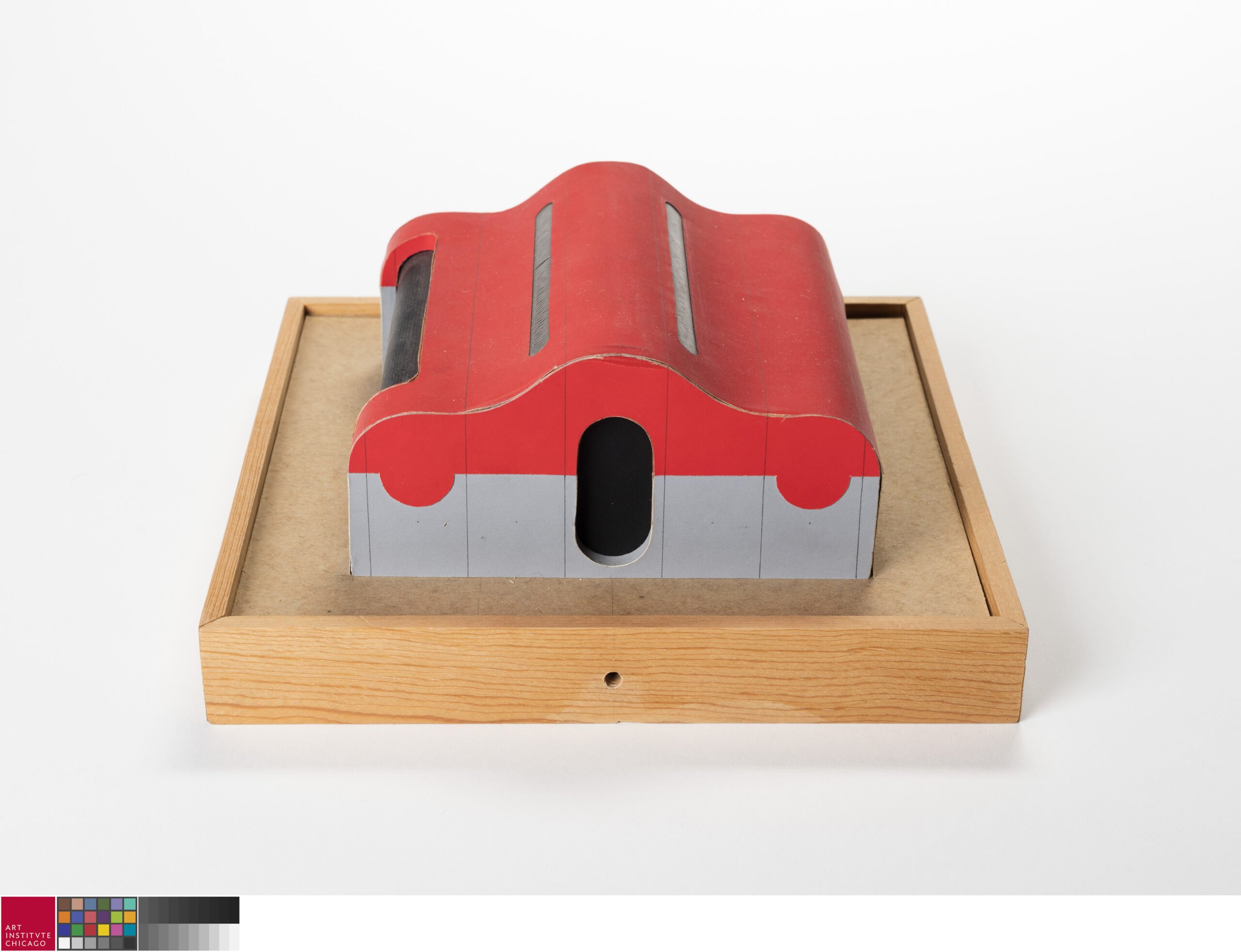
JLS: What shocked you the most when working on this book?
DG: The most shocking thing I discovered when first researching this book was that over 75 percent of career construction workers in the U.S. become seriously and permanently impaired from their work. This is disturbing in so many ways and learning this shifted my perspective on the politics of architecture and disability—away from questions of access to deeper questions regarding architecture’s role in histories of disability. I think the other surprise, though I wouldn’t say it was shocking, was that Adolf Loos was deaf. His deafness was surprising, but even more, he really fashioned himself, and the aesthetics of a few of his projects around this impairment. He didn’t hide it in portraits of himself: He often represented himself as struggling to hear. He even played with the aesthetics of noise and hearing in a few works—most notably the bedroom for himself with its fur and curtained interior.
Would you like to comment on this article? Send your thoughts to: [email protected]
Related
Products
Discover the Winners of the METROPOLISLikes 2025 Awards
This year’s product releases at NeoCon and Design Days signal a transformation in interior design.
Profiles
These Architecture Students Explore the Healing Power of Water
Design projects centered on water promote wellness, celebrate infrastructure, and reconnect communities with their environment.
Projects
KPF Reimagines the Arch in a Quietly Bold New York Facade
The repetition of deceptively simple window bays on a Greenwich Village building conceals the deep attention to innovation, craft, and context.




